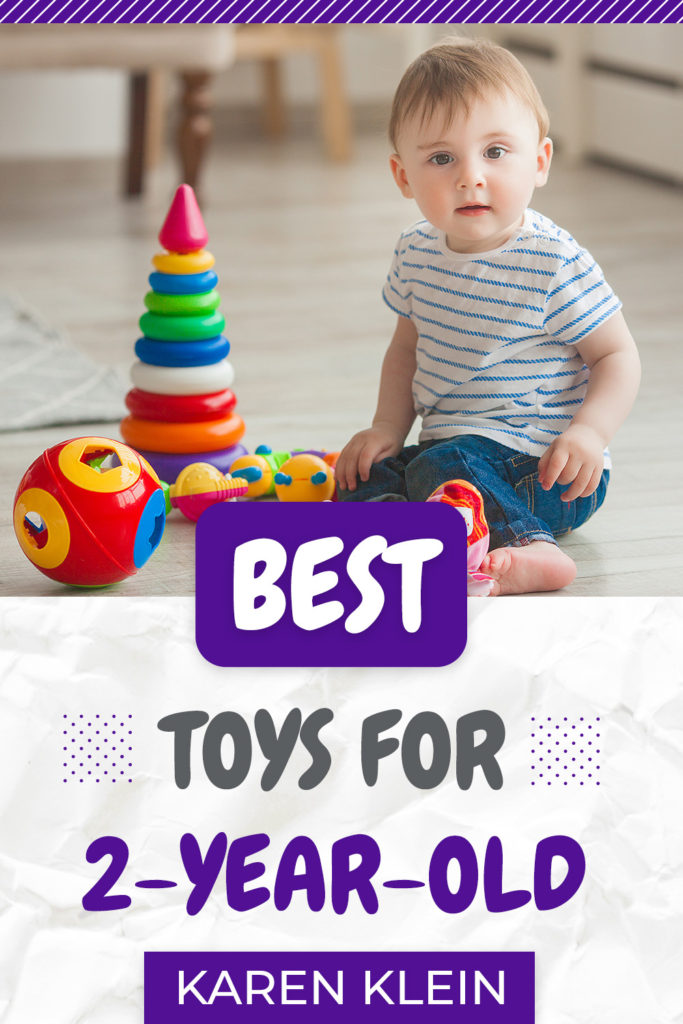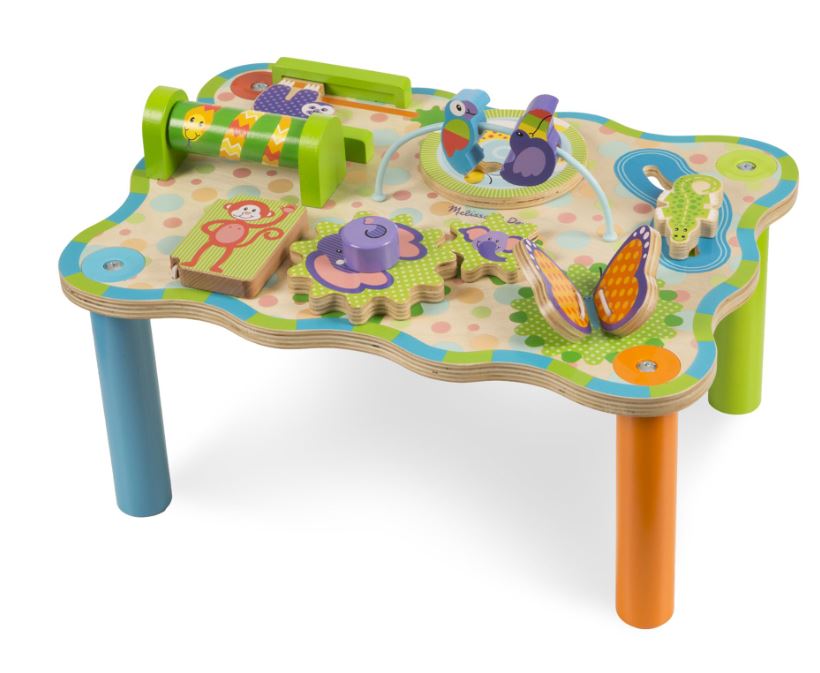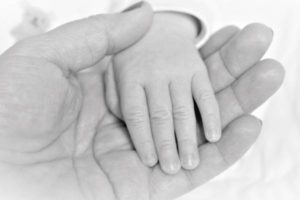
A two-year-old is kind of like having a blender, but you don’t have a top for it.
Jerry Seinfeld
This page contains affiliate links meaning I may earn a commission if you use them. I only recommend products I use and honestly trust. For more info read the full disclosure.
The “Terrible twos” or the “cutest age”? maybe both?
I chose this beautiful age this time and will list my favorite toys from Melissa & Doug that will help in his/her development. This is a good Toy company and an age of great development in many fields.
Lets first understand what’s happening at that age:
(source: https://www.webmd.com/parenting/guide/child-at-2-milestones#3)
This is the time your toddler wants to say “no!”, when your little one’s character starts to take shape and he blossoms into his own person. What’s happening right at that age?
Gross motor skills:
At this age, your toddler learns to:
- Stand on tiptoes
- Kick a ball
- Start to run
- Climb on and down from furniture without help
- Walk up and down stairs while holding on
- Throw a ball overhand
- Carry a large toy or several toys while walking
You’ve probably noticed how your child has stopped staggering when he walks and has transitioned to the smoother heel-to-toe movement of the typical adult walker. In the months ahead, he’ll become a more coordinated runner, learn to walk backward, turn corners, and with a little help, stand on one leg.
He’ll naturally improve his motor skills by running, playing, sliding down slides, and climbing. It’s good for him to have a time each day to go outside and explore. This will let him improve motor skills, have fun, and let off steam. But you need to supervise him.
Fine motor skills: he is learning to:
- Doodle at will
- Turn over a container and pour out its contents
- Build a tower of four blocks or more
By now, your child can coordinate the movements of his wrist, fingers, and palm so he can turn a doorknob or unscrew a jar lid. He also can hold a crayon or pencil, even though the grip might seem awkward to you. Still, it’s good enough for him to start making some lines and circles on a piece of paper. His attention span will be a lot longer than at 18 months and now that he can turn the pages in a book, he can participate more when you read together. Drawing, building blocks, or using a construction set will keep him happy for a long time.
Your toddler may show a preference for either his left or right hand at this age but this is yet not final and no need to yes push for any side!
Language Skills.
Your child will learn to:
- Point to things or pictures when they are named
- Know the names of parents, siblings, body parts, and objects
- Say a sentence with two to four words
- Follow simple Instructions
- Repeat words overheard in a conversation
Your 2-year-old will probably be putting longer sentences together (like, “Mommy, I want water” rather than just, “water Mommy.”) He’ll also begin to use pronouns like “I” and “me” instead of his name. Not all children talk at the same rate and boys tend to starting talking later than girls.
Help your child with language skills by talking to him and by reading to him. Use books that ask him to touch or name objects or repeat words.
Social/Emotional Skills
Your child may:
- Copy others, especially adults and older children
- Get excited around other kids
- Show growing independence
- Play mainly beside, instead of with, other children
- Show increasing defiance (doing things you told him not to do)
- Be more aware of himself as separate from others
At this stage, kids think the world is all about them. Concepts like sharing don’t make a lot of sense. Your child may sit next to another toddler to play but ignore her unless it’s to take a toy away from her. This is normal. Saying to him, “How would you like it if she did that to you?” won’t mean anything at this age. So monitor his interactions closely.
At the same time, kids love to imitate others around them and may speak to their teddy bear or doll the same way their parents speak to them. So watch your language and behavior, more than ever😊
Learning & Thinking Skills
Your child should be able to:
- Find things even when they’re hidden under two or three layers
- Start sorting shapes and colors
- Complete sentences and rhymes in familiar books
- Play simple make-believe games
- Follow two-part instructions (such as “drink your milk, then give me the cup”)
Your child’s grasp of language is increasing and he’s now starting to solve problems in his head. He’s also beginning to understand time concepts like, “I’ll read you a story after we brush your teeth.”
He’ll start to understand the concept of numbers, so you can introduce counting.
Based on all those skills your child is developing at 2 years old, here is My 10 selected Melissa and Doug 2-year-old toys:
For fine motor skills:
For gross motor skills:
For social emotional skills:
For cognitive skills numbers:
















Thanks for your advice!